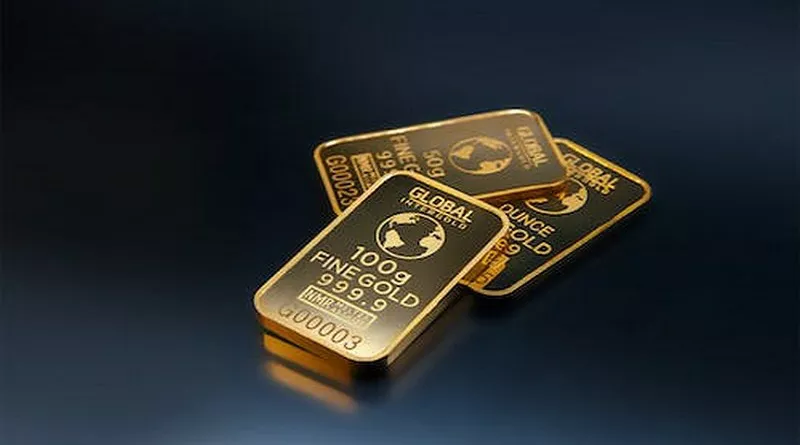Gold has captivated humanity for millennia. Its lustrous shine, rarity, and enduring value have made it a coveted metal throughout history. Whether you’ve inherited a family heirloom, received jewelry as a gift, or are considering a purchase, the question of authenticity often arises: “Is it real gold?” Determining the authenticity of gold is crucial, as its value can vary significantly based on its purity. In this article, we will explore various methods and techniques to help you determine if your gold is genuine.
Understanding Gold Purity
Gold is a precious metal that is often alloyed with other metals to enhance its durability and change its color. The purity of gold is typically measured in carats or karats (K) and is expressed as a percentage. Pure gold, also known as 24K gold, is 100% gold, but it is relatively soft and not suitable for most jewelry or practical applications. Therefore, it is often mixed with other metals to create alloys of varying purity. Common gold purities include 18K, 14K, and 10K, which means they contain 75%, 58.3%, and 41.7% pure gold, respectively.
Hallmarks and Stamps
One of the most reliable ways to determine the authenticity and purity of gold is to look for hallmarks or stamps on the jewelry or item. Jewelry manufacturers often engrave or imprint these marks to indicate the gold’s purity and origin. Common hallmarks and stamps include:
24K or 999: Indicates pure gold.
18K or 750: Represents 75% pure gold.
14K or 585: Signifies 58.3% pure gold.
10K or 417: Indicates 41.7% pure gold.
Other country-specific marks: Depending on the country of origin, you may find additional symbols or hallmarks.
These marks are usually located on the inside of rings, bracelets, and necklaces or near the clasps of chains. Keep in mind that fraudulent pieces may have fake stamps, so it’s essential to combine this method with others for a more accurate assessment.
Magnet Test
Gold is not magnetic, so a simple magnet test can help you determine if your gold is genuine. Place a strong magnet near your gold item. If the gold is attracted to the magnet or exhibits any magnetic properties, it is not pure gold and may be an alloy. Pure gold should not be affected by the magnet.
Nitric Acid Test
The nitric acid test is a more advanced method to determine the purity of gold. Be cautious when using this method, as it involves handling potentially hazardous chemicals. Here’s how to perform the test:
a. Select a discreet area on your gold item, preferably a scratch or inconspicuous spot.
b. Carefully apply a small drop of nitric acid to the chosen area.
c. Observe the reaction:
If the gold remains unchanged, it is likely genuine.
If the gold turns green, it indicates a lower purity, such as 10K or 14K.
If the gold dissolves, it is not gold but a base metal or alloy.
Remember to take safety precautions when working with chemicals and use gloves and protective eyewear.
Acid Scratch Test
Similar to the nitric acid test, the acid scratch test is another way to assess the purity of gold. This method involves scratching the gold item against a testing stone and applying various acid solutions to the mark. Here’s a step-by-step guide:
a. Use a gold testing stone to create a visible scratch mark on the stone.
b. Apply small drops of different acid solutions, each with a specific purity rating (e.g., 10K, 14K, 18K).
c. Observe the reaction:
If the scratch mark disappears with a particular acid solution, it indicates that the gold item’s purity matches the acid used.
Specific Gravity Test
The specific gravity test relies on the principle that different metals have different densities. Gold has a distinct specific gravity, and this test can help you determine if an item is made of real gold. To perform this test, follow these steps:
a. Weigh your gold item in grams on a precise scale and record the weight.
b. Fill a container with water and record the water displacement when you gently submerge the gold item.
c. Calculate the specific gravity using the formula: Specific Gravity = Weight of Gold (in grams) / Water Displacement (in milliliters).
Real gold should have a specific gravity of approximately 19.32 g/mL. If the result is significantly different, it may indicate the presence of other metals or a fake gold item.
Professional Appraisal
If you are uncertain about the authenticity or purity of your gold item, it is advisable to seek the expertise of a professional appraiser or a certified gemologist. These professionals have the necessary equipment and knowledge to accurately assess the value and authenticity of your gold.
Conclusion
Determining whether your gold is genuine is crucial, as it can significantly impact its value. Various methods and techniques, such as examining hallmarks, conducting magnet tests, and using chemical tests like the nitric acid or acid scratch test, can help you ascertain the authenticity and purity of gold. Always exercise caution when performing tests involving chemicals and consider seeking the opinion of a professional appraiser for valuable or sentimental gold items. By applying these methods and gaining a better understanding of gold purity, you can make informed decisions regarding your gold possessions.


